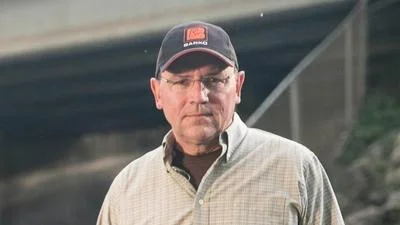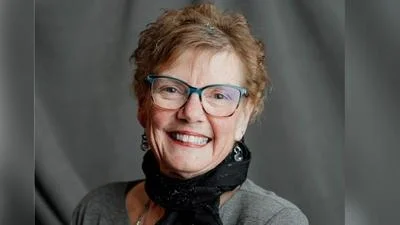Thomas Gibson Chancellor | University of Wisconsin-Stevens Point
Thomas Gibson Chancellor | University of Wisconsin-Stevens Point
Discover rocks and minerals, the inside of volcanoes, and the depths of the Earth as part of the Junior Scientist program sponsored by the Museum of Natural History and the Allen F. Blocher Planetarium at the University of Wisconsin-Stevens Point.
Museum programs will be held at 5:30 p.m. on select Thursdays in Room A113 of the Science Building, 2001 Fourth Ave., Stevens Point, as work continues on new museum spaces. These sessions are free throughout the year for all ages but are most engaging for ages 7-11:
- Sept. 26 – “Our Earth” – Uncover the secrets under the Earth.
- Oct. 10 – “Volcanoes!” – Learn about volcano science and scientists.
- Oct. 24 – “What is a Rock?” – Dig deeper and learn about rocks and minerals.
- Nov. 7 – “The Science of H2O” – Dive into amazing world of water.
- Nov. 21 – “We Dig Soil!” – Explore how soil is a key piece of life.
- Dec. 5 – “Sandy Science”– Find out where sand comes from.
Planetarium shows aimed at youth ages 5-12 will be offered on select Sundays. The planetarium is located on the second floor of the Science Building. The programs begin with a story time at 3 p.m., followed by a show at 3:40 p.m.:
- Sept. 29 – “Lars, the Little Polar Bear” – A young polar bear explores his Arctic home.
- Oct. 27 – “Magic Globe, A Story of the Seasons” – A little girl discovers a mysterious piece of astronomical machinery.
- Nov. 24 – “Sky Quest” – Hear the story of a woman’s quest for exploration through the stars.
- Dec. 15 – “Moles, What is Out There?” – A young mole and his friends learn about astronomy.
Those attending both museum and planetarium shows may sign in to earn points, Junior Scientist status, and a photo on the Wall of Juniors.
Learn more at www.uwsp.edu/cols/college-of-letters-and-science/museum/museum-programs/.






 Alerts Sign-up
Alerts Sign-up